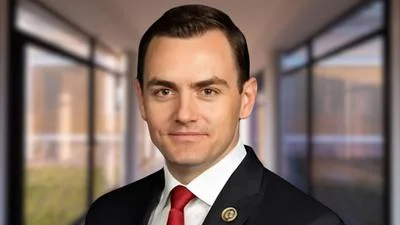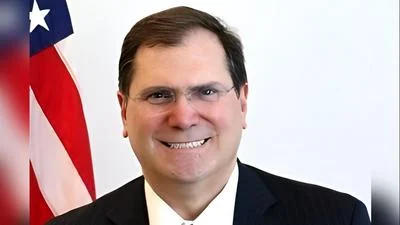The Congressional Record is a unique source of public documentation. It started in 1873, documenting nearly all the major and minor policies being discussed and debated.
“WE MUST ELIMINATE WASTE, FRAUD, AND ABUSE IN THE FEDERAL GOVERNMENT” mentioning the Department of Interior was published in the House of Representatives section on pages H3469-H3470 on June 25, 2001.
The publication is reproduced in full below:
WE MUST ELIMINATE WASTE, FRAUD, AND ABUSE IN THE FEDERAL GOVERNMENT
The SPEAKER pro tempore. Under the Speaker's announced policy of January 3, 2001, the gentleman from Florida (Mr. Stearns) is recognized during morning hour debates for 5 minutes.
Mr. STEARNS. Mr. Speaker, one of my goals since first being elected to serve in Congress has been to root out waste, fraud, and abuse in the Federal Government and many of its programs. While we have been successful in identifying and reducing wasteful spending, there is still too much unnecessary spending that needs to be eliminated.
This came out in a report by the Senate Committee on Governmental Affairs entitled Government at the Brink that outlines the urgent Federal Government management problems facing the Bush administration. They cited four core problems that exist: One, work force management; two, financial management information; three, technology management; and, four, overlap and duplication.
Senator Fred Thompson of Tennessee was the chairman of this committee when this report was compiled. I want to share with my colleagues what his committee found.
A chief source of the information was based on reports issued by the General Accounting Office, the GAO, and agency inspectors general, or the IGs. Now, my colleagues might ask, just how much money are we talking about. Well, according to GAO, we are talking about at least
$35 billion a year, and that is just the tip of the iceberg.
The GAO reported that the Medicare program wastes $12 billion every year on improper payments. According to the GAO, 10 percent of total health care costs are lost to wasteful spending. What came to light about the misappropriation of our tax dollars is downright alarming. In order to cut out waste in Medicare claims, the Health Care Financing Administration decided that new computer software should be developed to create one mammoth computerized method to review bills. Ultimately, what the American taxpayers got after 4 years was a bill for $80 million. An official at this agency had this explanation: He said that the money was used in effect as a painful learning experience. We learned about this in 1997.
The Medicare program is not the only offender. Let us take a look at the Department of Education. This government agency failed its last three financial audits. The government auditors identified accounting discrepancies totaling up to $6 billion in Federal education aid that was embezzled, lost, used for real estate purchases, luxury car items, rent, and so forth. If we intend to increase the funding to the Department of Education, then we need to put in strong accounting practices.
Unfortunately, it is not difficult to find all sorts of examples of waste, fraud, and abuse in the Federal Government. The Medicare program and the Department of Education have a long history of wasteful spending. However, the Department of Interior does not know what has happened to over $3 billion it holds in trust for the American Indians. Or what about what is referred to as the ``big dig'' up in Boston, Massachusetts? Boston's central artery has cost tremendous amounts of dollars. It has increased about 525 percent, from $2.6 billion to the current estimate of $14 billion.
We have serious problems that are cited in the Thompson report that need to be addressed if we are to solve mismanagement of valuable resources. The most compelling of these is work force management. Many agencies lack the right employees with the right skills to do the job. The report also stated that the Clinton administration's downsizing of government hardly made a dent in the true size of government. What it did do was create a brain drain that cost the government many of its most experienced and valuable employees. The end result is that the Federal Government wound up doing the same old thing in the same old way, but with less experienced workers.
Financial management. How can the government operate efficiently when agencies do not know how much money they have, how much they spend, or how much their programs cost.
Information technology management. This is a critical item because we want our government computer systems not to be vulnerable to terrorist attacks, either domestically or internationally. The GAO has designed computer security, a governmentwide program, but it has problems.
The last area of concern is overlap and duplication. For instance, the Federal Government has seven different agencies administering four different programs aimed at job training. Eight different agencies operate 50 different programs to assist the homeless. Nine agencies operate 27 teen pregnancy programs. Seventy different agencies gather and analyze statistical data. Seventeen departments and agencies operate 515 research and development laboratories.
Mr. Speaker, these are just a few of the areas where duplication and overlap waste our tax dollars. We must restrain government spending, but I realize that, just as President Reagan said, government programs once launched never disappear. Actually, a government agency is the nearest thing to eternal life we will ever see here on this Earth.
____________________








